Mastery and Innocence (SF Aikido Project)
 Sunday, August 7, 2011 at 2:33PM
Sunday, August 7, 2011 at 2:33PM  Beyond a certain point there is no return. This point has to be reached.”
Beyond a certain point there is no return. This point has to be reached.”
- - Franz Kafka
I am coming to this entry much later than I thought. However, Life has pulled me forward more diligently than my typing fingers could keep up. So I am now taking this moment to return to June 27th, when my son and I left San Francisco after spending several days at the San Francisco Aikido Project.
This special project has been going on for several years. It is put on by three Sensei, with the addition of some other, magnificent teachers. James Friedman, of the Suginami Aikikai, Christian Tissier and my Sensei, Bruce Bookman. Since our own Sensei participates, there is often a large contingency of Tenzan Aikido-ists (our dojo here in Seattle). This year there were 12 of us, making the total at the workshop around 60 people.
When I was first invited to this I was excited, as I am basically an experienced novice. This could be a chance to do some serious extended work. But then I looked at the schedule and I quickly became terrified. I am used to going into the dojo about 4, or maybe 5, times a week for an hour or so at a shot. This gives me and my body time to recuperate. But here at the SF workshop we would begin at 7:30am and go straight through until 1:30, with five-minute breaks on the hour when the leading Sensei would switch. Then start up again at 3:30 for another 4 hours. I couldn’t conceive of being on the mat that much.
However, it was explained to me that because of the number of people there, we really wouldn’t be working as intensely as at Tenzan. Meaning you would not be able to do a whole lot of full throws due to the space limitation. ("Okay," I think to myself, "I’m starting to come around to the concept.") And then my son was invited to come. He is 13 and a double- stripe brown belt (two stripes below junior black belt. (See his brown first belt stripe test here.) How could I possibly not take him down to SF to work with three amazing Sensei AND be the only person under 20 there? I couldn’t. Okay, so we are now going.
Meanwhile, in the week prior to leaving I took a bad fall and seriously injured my shoulder. I took three beautiful breakfalls out of Sumiotoshi (corner throw). But on throw number four I crumpled in a strange way and landed on my head and shoulder. This pulled a neck muscle and I went into minor shock from the pain. I didn’t damage the shoulder or have a concussion, but the pain was so enormous that the shock kicked in and I passed out! It was pretty amusing. (At least for me. No one else in the dojo was amused. None the least, Bookman Sensei who is always very concerned about everyone working safely with no injuries.)
What happened was, after I took the fall, I put ice on the shoulder and went and sat off the mat in a chair with my water bottle. I was sitting there quietly and the next thing I knew I was on the beach. Hmmm…how did I get on the beach? Then I noticed I was rolling in the sand. Then I thought, “am I back on the mat? I don’t remember getting back on the mat.” Then I came to and realized that I had fainted and fallen off the chair! And actually I felt much, much better. Kind of like after you throw up. Somehow, passing out cleared my whole system of whatever hormones had flowed into it from the shock of the pain.
I have only had this experience of passing out once before. I was in Jamaica and got hit by a sting ray - in about 8 inches of water, believe it or not! The pain was intense and I went grey as the shock came over me. I didn’t fall over, but I was sitting on a bench being questioned by friends and my face and consciousness just went completely blank for a few seconds.
Our bodies are fun and full of surprises, aren’t they?
- - -
So, this injury really put me out of commission. I didn’t go to the dojo for a full week and when I did return I couldn’t even begin to roll over that shoulder. I got some deep body massage, began working with a physical therapist and eased back into my Aikido practice.
But to really dig into the practice with a room full of black belts at the workshop was another thing. I had already committed to going and taking my son. So, there you have it. Maybe I’ll just be sitting on the side for the first few days and then gently joining in on a few things. Or, maybe I’ll just be watching the whole time.
- - -
Arriving at the SF dojo was very interesting for me. I had never been to another dojo and I had never worked with another Sensei. As soon I walked in Jimmy Friedman jumped up and introduced himself, and us, to Christian Tissier. I explained my shoulder injury and how I was sadly going to be sitting out. Friedman said “Don’t sit out. Just put on your gi and do everything you feel like. Anything you don’t feel comfortable with, just sit down for.” Ummm….crickey. Okay, I guess I am jumping right in there with the big kids. I mean there were, something like, eight white belts to about 50 black belts, and here I was with this bumbly shoulder and minimal experience of the art form. But, hey, this is San Francisco. We go with the flow here on the West Coast.
 Los Tres Sensei
Los Tres Sensei
- - -
The first day was fantastic. It was only a half-day as we began at noon. Friedman Sensei began, then Tissier took over, followed by Bookman and we finished up with Friedman again. Many things were different from our practice at Tenzan and I had to make a lot of adjustments.
Basically, the practice goes like this: we all sit while the Sensei demonstrates a particular technique. He calls up an uke (the person who will attack) and performs a particular response to that particular attack. He may say something about this or not. He may just perform the moves and say nothing. (I realize I am only using the masculine pronoun here, as all these Sensei were male. But there are women Sensei and there were many women participants at this workshop.) Then we all pair up and do the same attack with the same response, twice on each side (to the left and to the right). We then switch from being the attacker to being the responder. Once the Sensei feels it is time to move on we stop, sit down and another technique is approached.
One of the aims is do to the technique exactly as it is presented. If you know a small variation from what is shown, you don’t practice that. You practice what is shown, exactly the way it is shown. This is not just Japanese etiquette; it is how the practice is transmitted. You have to ‘steal’ the technique from the Sensei by copying. Then once you’ve done it 10 zillion times, it can become your own.
The first thing I noticed about Friedman Sensei was that he uses his body very differently from Bookman Sensei. It’s not just that he is skinnier than Bookman and accordingly carries himself differently, though that is true. His hips move very differently – almost like a snake. And, he carries most of his weight on his back foot with his front foot barely on the ground – as if he is ready to strike at any second. This made copying his technique very challenging at first, as these were also the characteristics we were to practice inside the specific moves.
After an hour with Friedman, next up was Tissier Sensei. Tissier is a kind of Aikido superstar and lives in France. He travels all over the world doing seminars which are often attended by 500 to 1000 people! (We spent some wonderful after-hours time with folks from Saltillo, Mexico who attended a Tissier seminar in Japan. There were so many people there they were touching shoulders with the partners on either side of them while they practiced.)
Tissier moves his body closer to Bookman’s way, but had a very different practice and application of the techniques. (As an aside, Friedman explained to us that all these Sensei would not just be presenting a general approach to Aikido, but they would be presenting what “they were working on." Meaning we would be exposed to where they were stretching the techniques for themselves. This undoubtedly meant, as I will get to in a minute, that my experience level will eventually leave me in the dust here.) Tissier began presenting something to us that I simply could not grasp at first. Though as the days went on, I began to get a sense of it.
I’ll take a stab at explaining.
Tissier presented a kind of system of anchor points. Like little centers of gravity that your body and your partner’s body can pivot on. For example, when your attacker is coming in at you, they might have three pivot points in their body: one at the shoulder of their attacking arm, one at one of their hips and a third on the other arm’s wrist. Any one of these points could be used by you to change their movement -- to avoid the attack.
You also have pivot points. Yet, as the two of you engage some of these pivot points connect, overlap and become one. So the attacker can be coming in at you and you can match up the pivot points of your shoulder with his shoulder and hip. Now he has only two pivot points. Of these two points, you have control of one of them. Then you are able to take their balance with great ease. Especially if you are able to reduce it down to one single point – say the wrist. Then, with very little effort on your part, you can flip them. However, if you don’t take these pivot points, then they can stay grounded and you aren’t able to take them down.
At least I think that’s what he was presenting to us. I can’t say for sure, because I am not advanced enough to work at such a subtle level of sensing the attackers entire center of gravities within the fraction of a second of engaging with them.
This begins to bring me to the wonderful revelation I had at this workshop. It actually kicked in when Friedman was leading us and talking about what he feels is important in the practice of Aikido in general. This is to not be so concerned with “getting it right.” There is no “right.” There is only the flow of it and whatever it is that you are learning at the moment. I am paraphrasing, as he went through many angles of the practice. But the point for me was that, as a musician, I could completely understand and resonate with him. As a musician I am, perhaps, at his level. But as an Aikido practitioner I am a novice and with my body, feel largely clueless. Yet as a musician, I know the subtlety of what he is describing.
This made for a very interesting final day for me. But I’ll come back to that in a minute.
- - -
The second day was quite rich and ended in a gloriously, gloating fatherhood moment.
The day began with my son starting out in the Brazilian Jui-Jitsu (BJJ) class with Clovis Silva. BJJ is also practiced at our dojo and Bookman Sensei integrates a fair bit of it into the Aikido classes. Especially with the children’s program. I sat out of the BJJ class because I couldn’t possibly do some of these moves with my shoulder in its current state.
Then we moved on to the full four hours of Aikido working through all the Sensei. I got to meet and work with all sorts of new folks. People from the SF dojo and folks from as far away as Russia.
Then lunch break and back for more.
At the end of the day I was getting wiped and needed to sit out of the last hour. Tissier was working the room for this period, so I sat back and watched. He finished up with this fantastic practice of making contact with your partner with only the back of one hand touching the back of their hand. The leader of the exercise was to move their hand and arm around without breaking contact while the partner also maintained contact. A kind of contact improv practice, for those who know of this. It might be that the partner gets thrown or flipped in the process. However, both people have to keep contact. It is very challenging and extremely fun. You both have to stay very present to the two bodies in motion and the centers of gravity.
I noticed Tissier demonstrating on one side of the room and he picked my son to work with him. They did the practice together for a quite a while before the hour was wrapped up. It was very interesting seeing my son working with him. For one, it was wonderful to witness him getting to engage with this icon of the art form, and be pushed into its depths. But also, my son’s body moves and looks a lot like my own. So it was kind of like watching a younger version of myself getting to be there, as well. A kind of time-travel where my old self got to come into the future and dance around for a while.
Then, as Friedman was wrapping up the day he said “The hero of the day was Ezra Gunn. This 13-year- old kid worked the whole day and stayed with the practice the whole time.” Okay, now my fatherhood gland began to gloat. Life is good.
- - -
Our final day kicked everything up a notch. Our sensei, Bookman, began the morning class with an approach to freestyle. Freestyle is when you have multiple attackers coming at you with various attacks. It can be two, three, or even four attackers at once. All them chasing you around the mat hitting you with various moves. This is pretty advanced stuff. I have participated only in a few, but with limited available attacks. Bookman is brilliant at this and he gave us lots of strategies. The first one being to move around in a way that aligns the attackers up so only one of them can actually reach you. This means moving around quickly and being strategic about where you go and how you lead them around -- even though they are the attackers.
We did a bunch of practice exercises for this which wore me down pretty well. Next up was more BJJ, which I sat out for. Then we were in to the four-hour chunk of Aikido. Then lunch and back in for the final chunk.
Somewhere in this final chunk I began to get a sense of this discrepancy of my experience again. This sense of knowing, both mastery and novice-hood simultaneously. I don’t know exactly what kicked it in, but it was clearly palpable. I would see people practicing, or hear Tissier say something and I could totally resonate with it at a very deep level of personal experience. Then I would began to try the moves myself and the experience in my body would be coming from the complete other end. I could feel the striving towards this depth but have no way to reach it. It was wonderfully uncomfortable and stretching upon my psyche. Yet, at the same time I felt a real advantage from being here rather than on either end of the spectrum. What a wonderful thing to be learning a new practice and discipline at the age of 50!
Check out this guy who began skateboarding at 65!:
Lloyd Khan -- 76 year old skateboarder
So that was my Aikido experience. Then we went home. Both my son and I tested for our next ranks and made the grade. However, now I am taking a big break as my shoulder hasn’t healed. My plan is to let it fully heal and then come back and rebuild my ukemi from scratch. Ukemi is the art of falling, or the capacity to take a fall. One of the reasons I got hurt was that I have been working on being more fluid and relaxed in falling. However, I haven’t quite figured out how to do that and maintain the right kind of integrity and strength in my physical system. I need to rewire things from the beginning again. This, too I know very well as a musician. I have rebuilt my playing technique at least four times from scratch. I know why to do it and I know how to do it. One of the keys is not allowing your self to fall back into old habits – not for a second. That means giving up all of the fun chops that you had access to. Usually, it means no more playing live or recording until the ‘new’ is in place. I’m not saying it isn’t a pain in the ass. But it is the good pain!
I shall do the same with my rolls, starting in a few weeks.
see this for some very special ukemi:
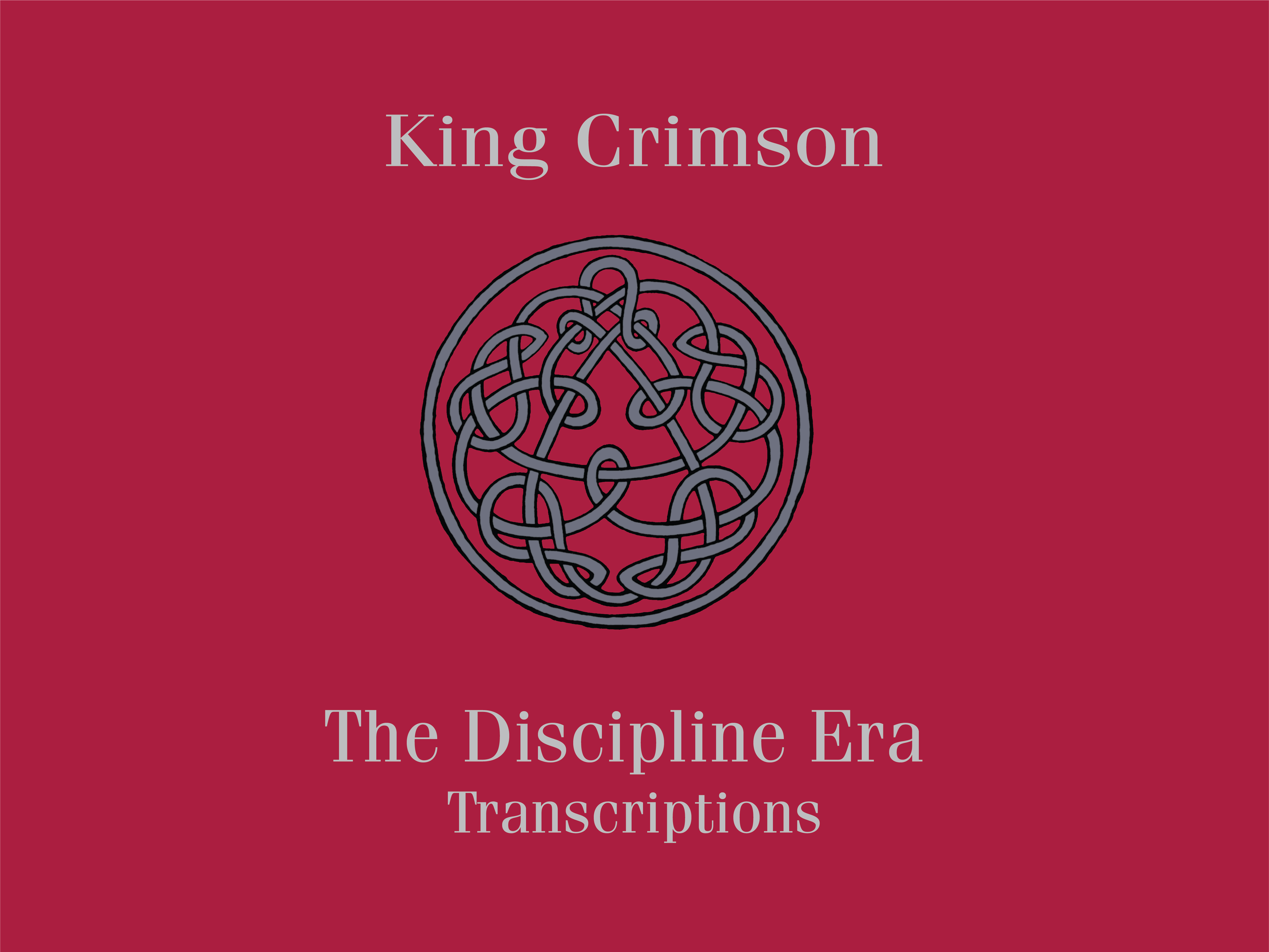
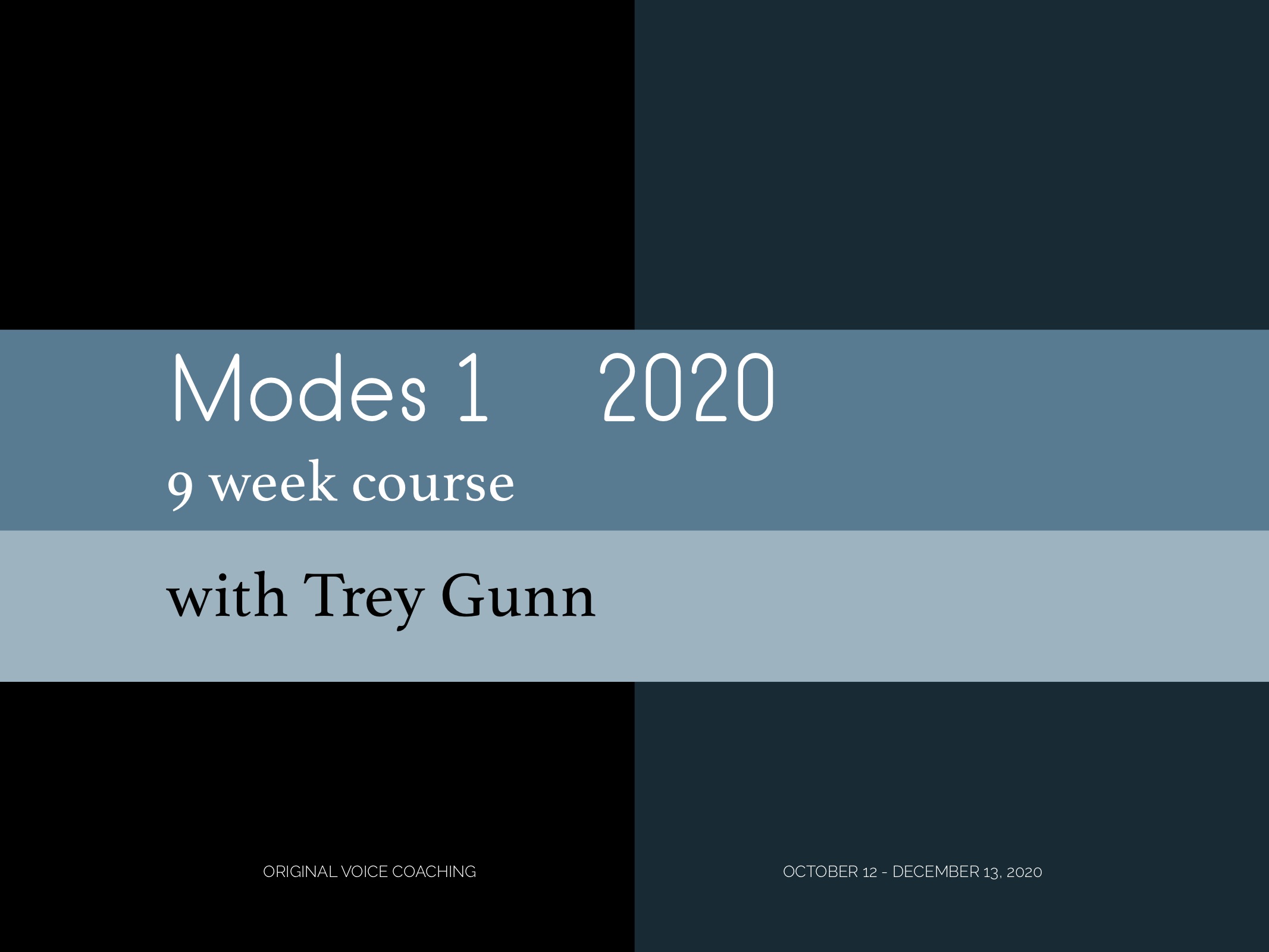
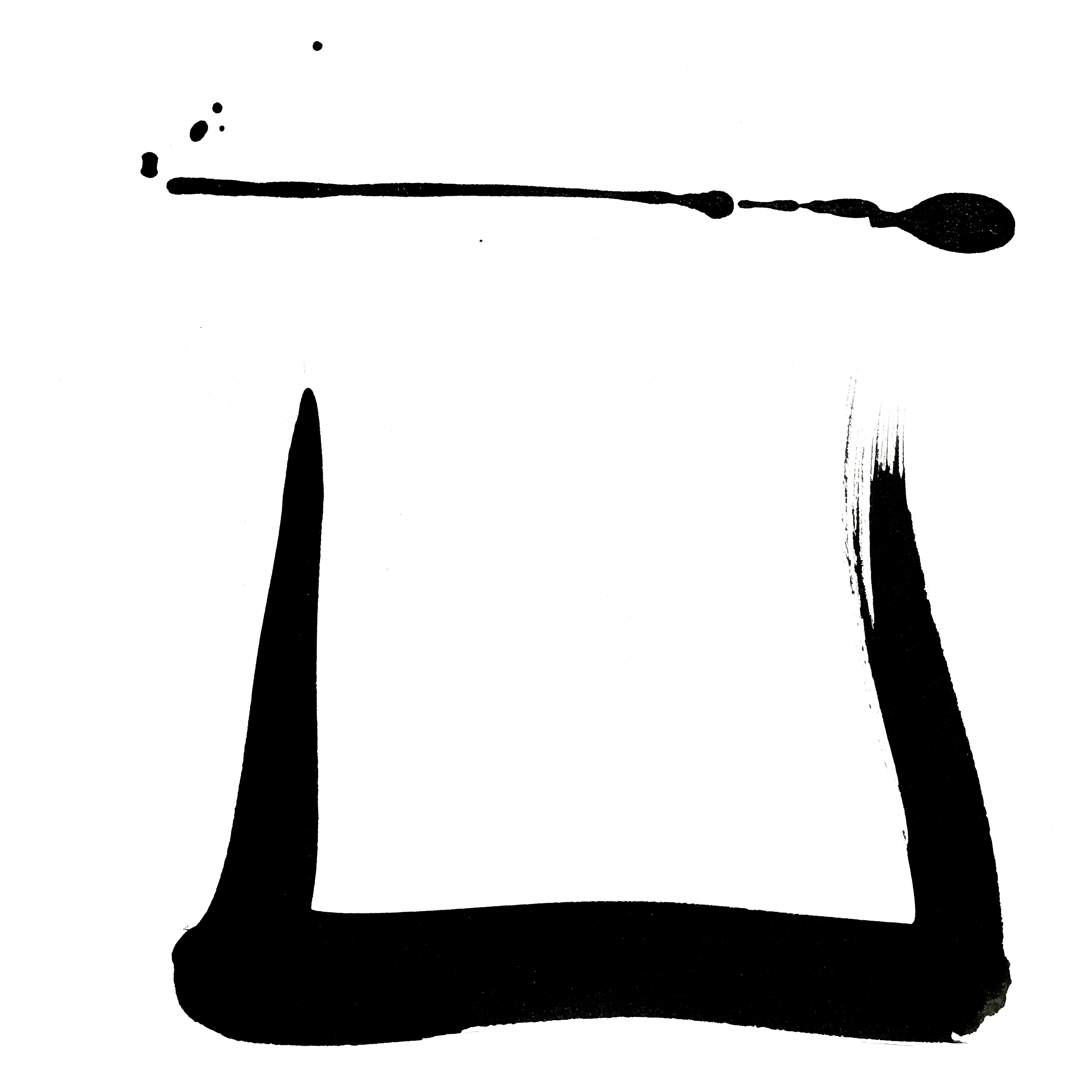
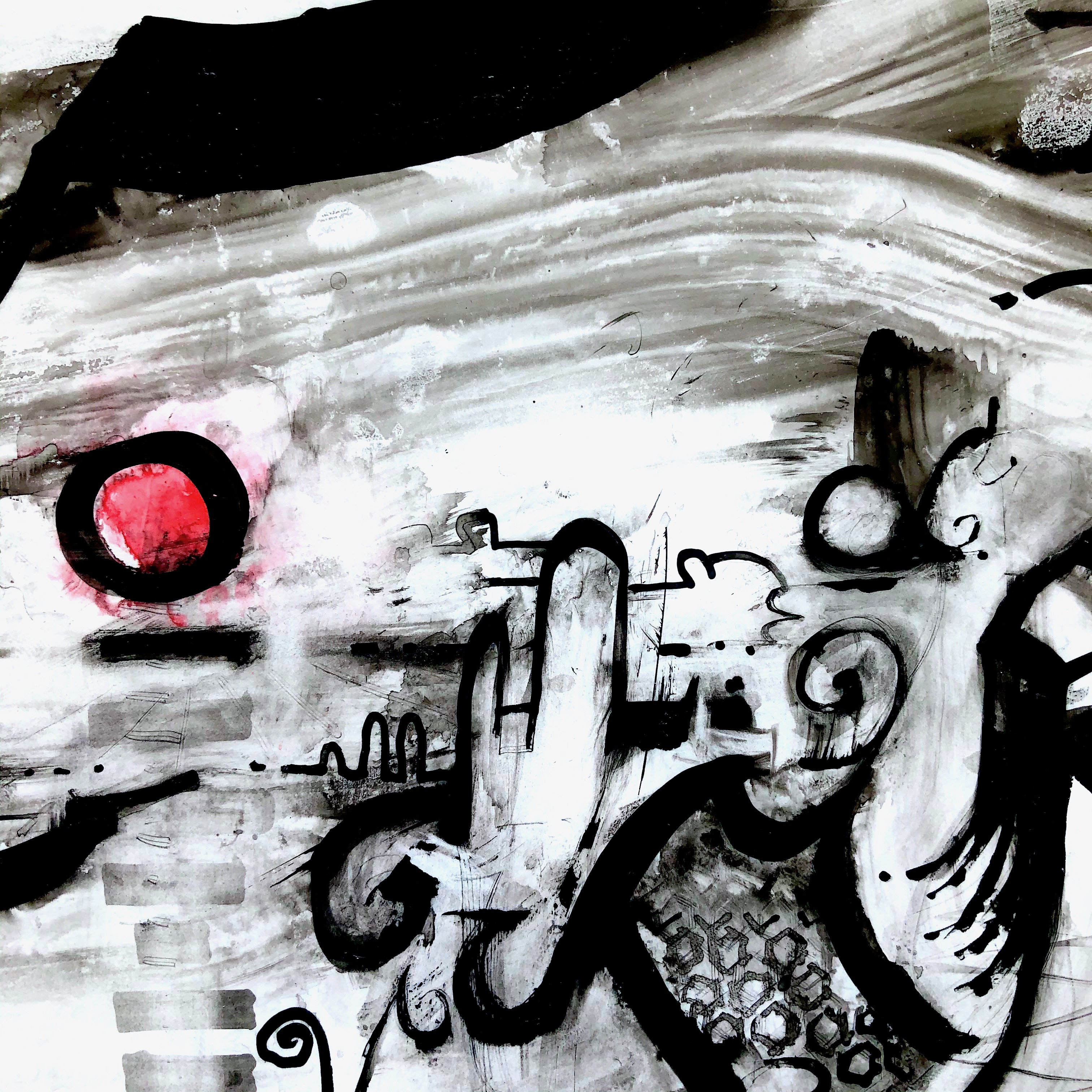
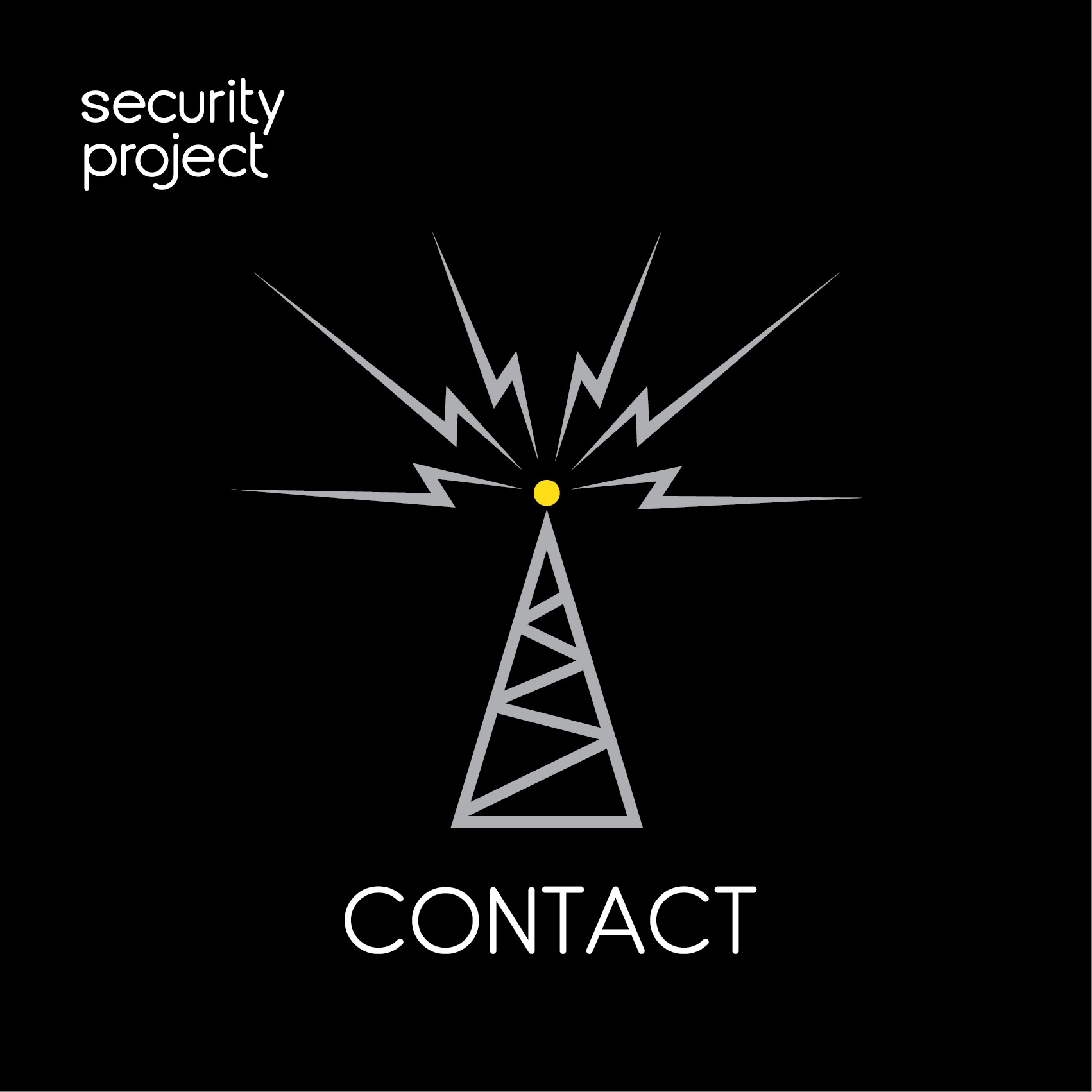
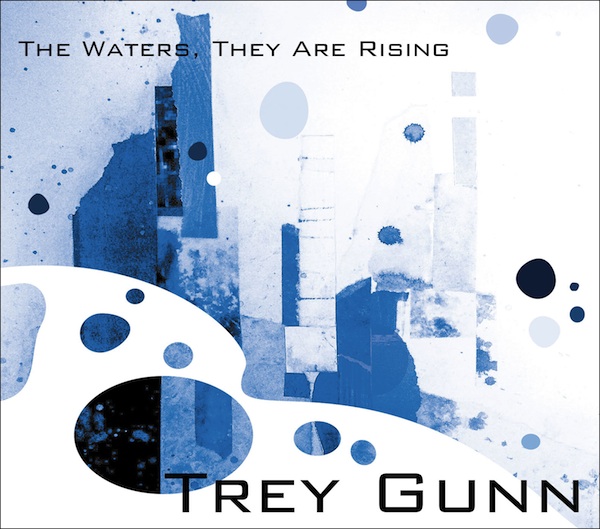
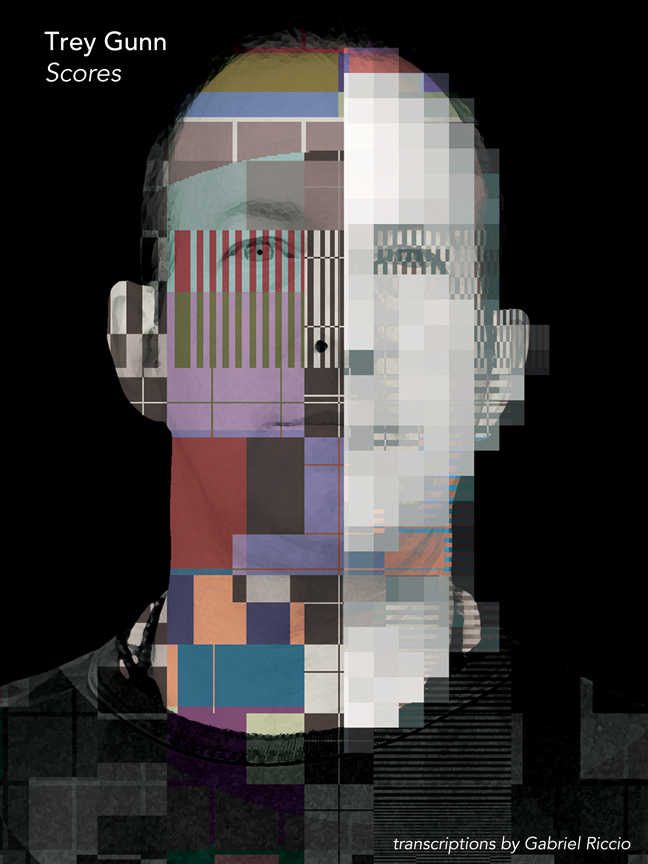
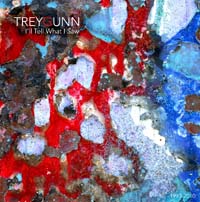
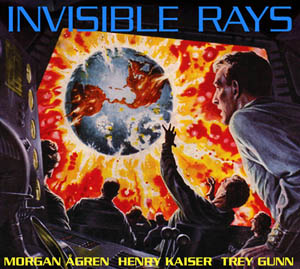
Reader Comments (7)
Thank you for sharing, Trey and congrats to both Ezra and yourself for all you accomplished at the event!
I know the discontinuity of feeling like you "know", but not yet being able to do. My suspicion, and perhaps I am wrong, is that once you can do, you may have some interesting observations to make about your original knowledge and resonations.
Take care.
re: re-building technique, I'm reminded of something Nadia Boulanger said: "Habits aren't traditions."
P.S. Though I'm betting she never tried the biscuits at Shoney's in Tampa, so... ;)
Trey,
Nicely written. As an experienced musician you will see similarities is your art and Aikido. As an experienced martial artist of 45 years, I read your descriptions of the instructions of the camp and you see a lot more than you give yourself credit for. Keep at it. I look for the day you report your shodan test.
Yours,
Dan Anderson
Thanks for all this! We have a seminar this weekend in NC, and a major concern for a lot of us is how we are going to endure the heat and (mostly) the humidity. The question is not survival, but how to maintain a focused practice when the body and mind are under stress.
Congrats on your test.
Great vid of your son. Thanks for the inspiring post. Remind me not to get into a fight with him. I had a dream last night that I was in Charles Mingus' Bib Band band. He wanted to kick my ass because my intonation was bad. I was playing a fretless instrument for some reason and I wasn't cutting it. I needed your son there to kick his ass for me. As it was, i dreamt up this scenario where i aikidoed him onto the floor. But then I was scared because I knew if I let him off the floor, he might get a gun and kill me later that week, you know, because we both play in the scene. So, wow, I wish I had known Aikido! O hired your son to be my body gaurd. Wow, that's messed up. Have a good one.
Thanks for the great post. I found your descriptions both informative and inspiring. I particularly resonated with the "flow" of Aikido (martial arts) and music... How "Not Knowing" can be quite intimate and mysterious. Not knowing quite which way to move.... Not knowing quite which note to play.... or the gap between the what is known and moving, or what is unknown and playing....
Hi Trey,
I am Pat M's brother-in-law. My Judo Sensei and I, here in Portland, just bought last week ~25 tatami mats from Sensei Bookman. Small world. If you ever are in Portland and want to play some Judo - give me a call or contact me via email.
Cheers,
Max